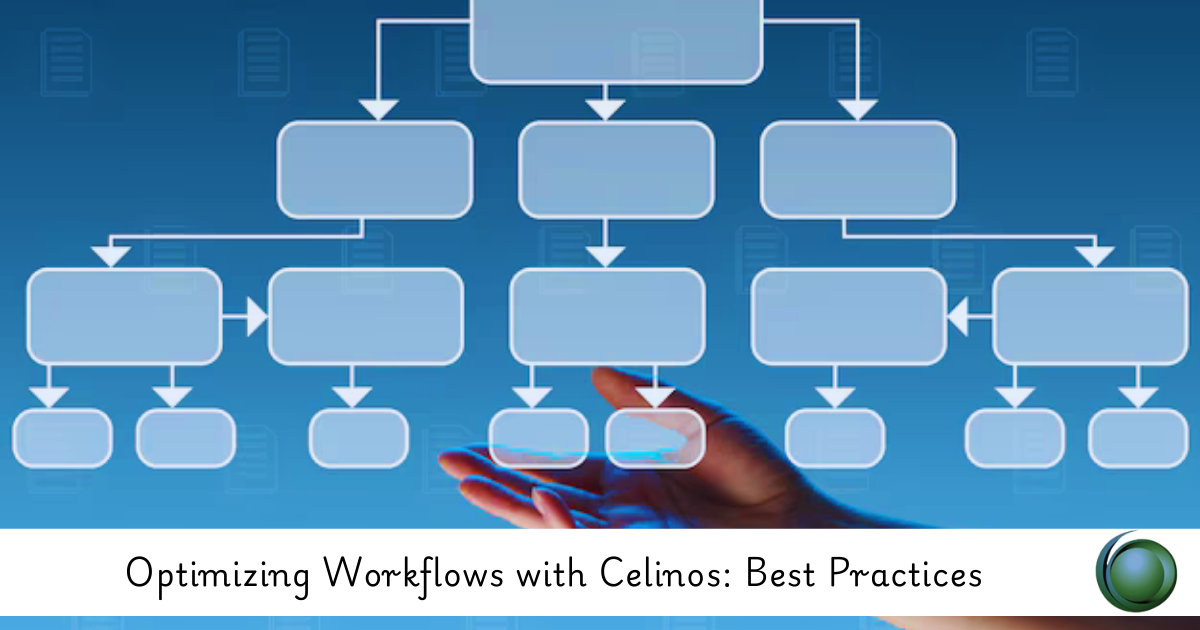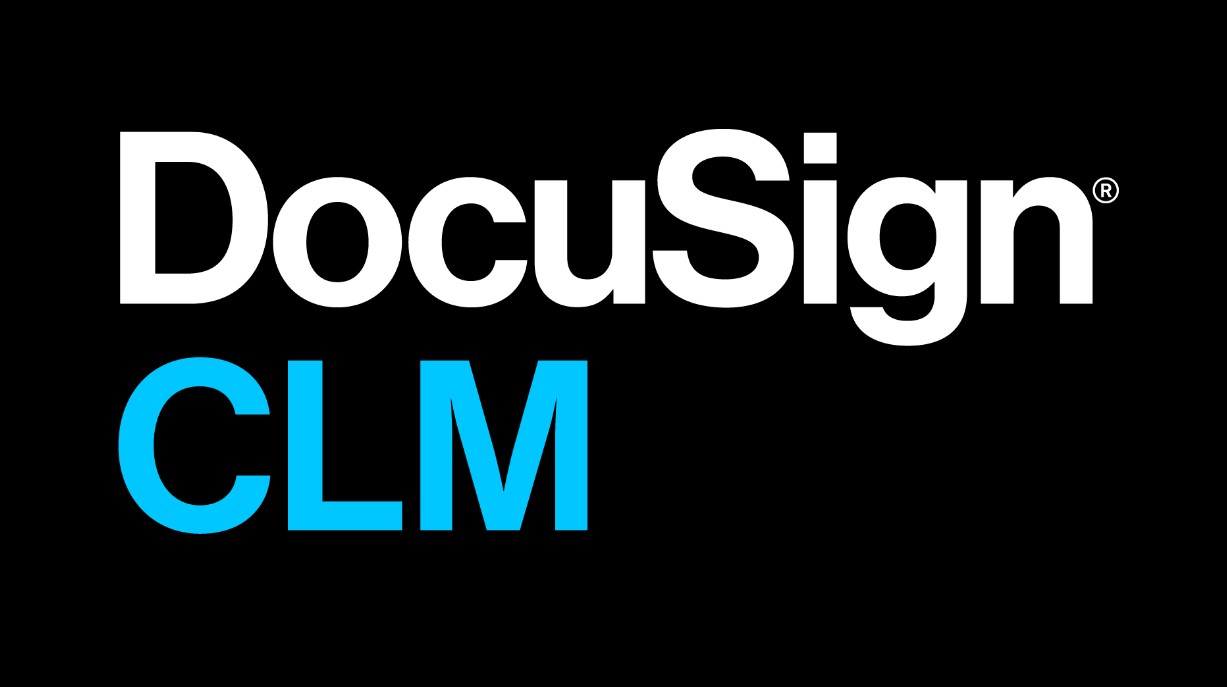Description
Introduction
The General Data Protection Regulation (GDPR) places significant responsibilities on Data Protection Officers (DPOs) to ensure that organizations process personal data in compliance with the law. This course provides a comprehensive overview of the DPO’s role, legal obligations, monitoring tasks, communication with supervisory authorities, and best practices for maintaining accountability within the organization.
Prerequisites
-
Basic understanding of GDPR principles and scope
-
Legal, IT security, risk management, or compliance background recommended
-
Experience with data governance, audits, or privacy programs is helpful
Table of Contents
1. Understanding the Role of the DPO
1.1 Legal Basis and Appointment under GDPR
1.2 Position of the DPO: Independence and Resources
1.3 Tasks and Responsibilities Defined in Article 39
1.4 Conflict of Interest and Organizational Fit
2. GDPR Principles and Practical Enforcement
2.1 Core Principles of GDPR (Lawfulness, Transparency, Purpose Limitation, etc.)
2.2 Interpreting Principles into Policies and Procedures
2.3 Identifying High-Risk Processing Activities
2.4 Auditing for GDPR Compliance
3. Monitoring and Advising on Compliance
3.1 Internal Audit Planning and Execution
3.2 Advising on DPIAs and Legal Bases for Processing
3.3 Monitoring Data Flows and Internal Reporting
3.4 Coordinating with Controllers and Processors
4. Data Subject Rights Management
4.1 Ensuring Proper Handling of DSARs
4.2 Verifying Identity and Legal Grounds for Denial
4.3 Automating and Monitoring Request Workflows
4.4 Tracking Response Timelines and Performance
5. DPIAs and Risk Mitigation
5.1 Identifying When DPIAs Are Required
5.2 Guiding and Reviewing DPIA Reports
5.3 Documenting and Following Up on Risk Mitigation Plans
5.4 Consulting Supervisory Authorities Where Necessary
6. Breach Notification and Incident Management
6.1 Understanding Notification Requirements (Articles 33 & 34)
6.2 Coordinating Breach Response and Internal Teams
6.3 Documenting Breaches and Lessons Learned
6.4 Communicating with Supervisory Authorities and Individuals
7. Liaising with Supervisory Authorities (DPAs)
7.1 Understanding the Role of the Lead DPA
7.2 Communicating and Cooperating Effectively
7.3 Responding to Investigations and Inquiries
7.4 Handling Cross-Border Data Processing Issues
8. Record-Keeping and Documentation Duties
8.1 Maintaining Article 30 Records of Processing
8.2 Log Management, Audit Trails, and Policy Revisions
8.3 Proof of Accountability in Practice
8.4 Creating Reports for Executive Stakeholders
9. Building a Culture of Data Protection
9.1 Leading Training and Awareness Campaigns
9.2 Creating a Privacy-by-Design Mindset
9.3 Encouraging Ethical Data Handling
9.4 Supporting Whistleblowing and Ethical Reporting
10. Staying Current and Future Challenges
10.1 Keeping Up with Regulatory Updates and Case Law
10.2 Emerging Privacy Regulations (ePrivacy, AI Act, etc.)
10.3 Benchmarking Best Practices with Peers
10.4 Future Role of the DPO in an Evolving Privacy Landscape
The DPO is more than a compliance checkpoint — it is a strategic advisor and ethical leader within the organization. Mastery of GDPR obligations and proactive engagement with teams and regulators enable DPOs to build strong, resilient privacy programs. As data ecosystems grow more complex, the DPO’s role continues to evolve as a cornerstone of trust, transparency, and accountability.







Reviews
There are no reviews yet.